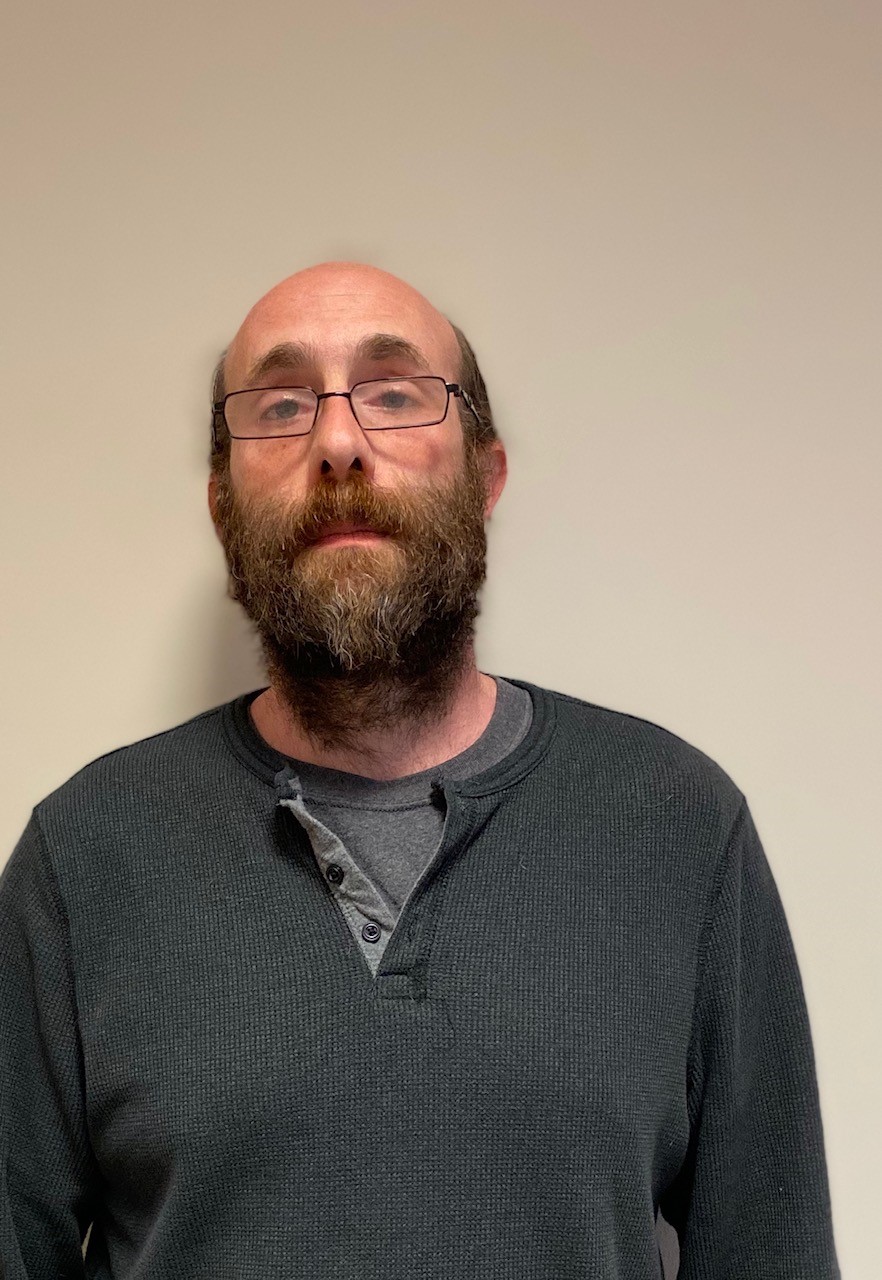Many states have limited the public's right to see officers' disciplinary files or use-of-force investigations. Although certain employee information has to be kept confidential, an officer's actions while dealing with the community and the steps that are taken to investigate those actions are matters of public concern.
Finally, states can rethink their approach to criminalization. "Over criminalization" is a major issue. If everyone is a criminal, officers have unfettered discretion to choose which laws to enforce and whom to stop, frisk, search, or arrest. As the saying goes, when all you have is a hammer, every problem looks like a nail. The hammer of law has been used against a wide array of social issues. The result is police over-involvement in situations that would be better left to other institutions and social-service providers, including school discipline, poverty, homelessness, and substance abuse.
Until police own up to how communities view them, they won't be able to effectively police said communities. Some officers might feel the criticisms are unfair. Some might hear the history of police being used on slave patrols, and feel that they are wrongly chastised for things they weren't alive for. Some might feel that since they are good cops they should be free of criticism.
The reality is minority communities distrust police. That distrust is based on a history of racist policing in America. Until police own that, they will be perceived by many people as trying to cover up a history of oppression.
David Kennedy, a criminologist at John Jay College, argued that there will always be distrust until cops own up to the historical abuses, mimicking what a police chief might say to a community: "We recognize these facts, whether we were there or not, whether we were around during slavery, Reconstruction, Jim Crow, attacks on the civil rights movement, or whether it's more recent things that we have done that you have found disrespectful and untoward, like zero-tolerance policing and high levels of stop and frisk."
Out of all the complaints made against police, the biggest one in recent years, echoed by the Black Lives Matter movement, is that police are racially biased.
Sometimes the cause is explicit racism, such as in North Miami Beach, Florida, where officers used mug shots of black people as target practice. But other times, such biases may occur at the implicit level, where people's subconscious biases guide their actions even when they're not fully aware.
Josh Correll, a University of Colorado Boulder psychology professor, tested police for racial biases through a shooting simulation. His findings showed officers did a good job of avoiding shooting unarmed targets of all races. But when shooting was warranted, officers pulled the trigger faster against black suspects than whites.
Often, the error that leads to an unnecessary shooting comes long before an officer pulls out his or her gun. It can happen when an officer decides to approach a scene in a certain way. The final moments of before a Cleveland police officer shot and killed 12-year-old Tamir Rice in 2014. In that tragedy, they suspected that Rice, who was black, had an actual firearm, when he was playing with a toy gun. And officers drove right into the park where he was playing, shooting the boy immediately after getting out of their squad car.
What if officers had parked further away, surveyed, and walked into the park more slowly, while giving warnings? It's of course impossible to say what the outcome would be but it seems much more likely that Rice would be alive today.
They talk about the split-second decisions that have to be made, and it's a red herring. Most of the time, they are not ambushed and then they have to figure out what to do. Most of the time, there are a number of tactical decisions they have made until that point that have compromised their safety.
Over the past several of years, police departments have been required to equip all their cops with cameras. The cameras are crucial because it can help remove doubt, for the police and civilians, as to what happened.
The 2015 police shooting of Walter Scott in North Charleston, South Carolina. The officer, Michael Slager, had claimed that Scott had attempted to take his stun gun and use it on him before running. Video footage from a civilian at the scene, however, revealed that Scott had in fact not tried to grab the stun gun, and Officer Slager had shot at Scott's back as the 50-year-old black man slowly attempted to flee. And after the shooting, the officer planted the stun gun near Scott's body to give his story credibility.
Who becomes a police officer likely needs to change as well. There are no federal standards for police officers. Lawmakers could establish guidelines, allowing states to treat them as the bare minimum or even expand on them.
States could also individually change their requirements for police. In Florida, barbers are required under state law to have more training than the police: Barbers need to 1,200 hours, while cops only need 770. It's just one state, but it shows how poor the standards are for police across the US.
Along with all these changes, police can also only go after crime while limiting who's impacted by policing actions. The vast majority of crime in communities is perpetrated by only a few people in a few specific part of the area. If police focus on just these few individuals, through policing strategies known as "hot-spot policing" and "focused deterrence", they can stop and deter a lot of crimes.
(Note: You can view every article as one long page if you sign up as an Advocate Member, or higher).





